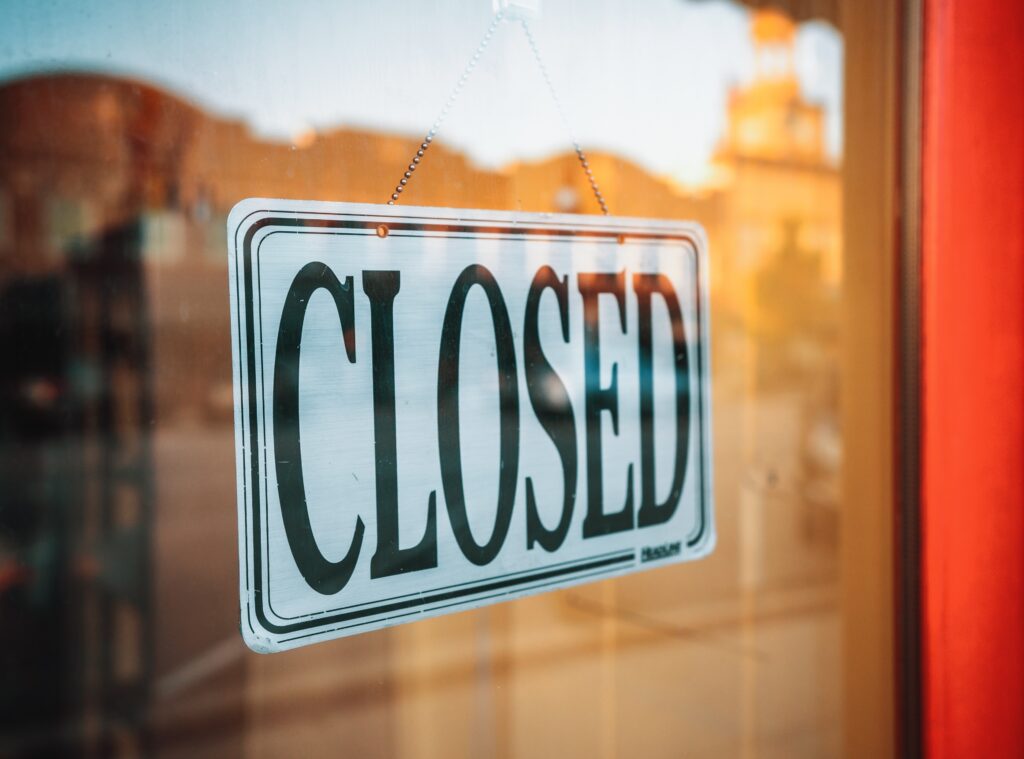When it comes to retail, the only constant is change. Today news broke that Starbucks will be trying delivery to customers, as the in-store experience has lost some traffic. As you will find out below, not everything that Starbucks touches turns to gold, such as Teavana. Those who compete on customer experience today are doing so by competing on logistics. A digital transformation that includes logistics and supply chain prove to be the power of companies that remain relevant to customers. Target is an example of a company that struggled to get a hold on the digital aspect of its business, and outsourced its digital side and website to Amazon from 2003 – 2011. They saw digital as ancillary but eventually woke up. They focused on supply chain combining digital and in-store inventories enabling them to get customer’s their orders faster. Target became a company that used technology to improve its supply chain and offer curbside pick-up for customers. Not to mention the success of its many Target-only brands. Target has triumphed seeing a twenty nine percent growth in online sales in 2018 and a growth in retail sales as well (almost six percent). But for those who refuse to go through a digital transformation fast enough, the risk is real.
In 2018 when some iconic retailers shuttered their doors by either completely going out of business or closing a portion of their stores. Retail is incredibly competitive, and specialty stores or brands that can’t innovate and compete often fall by the wayside. Thanks to Amazon and an explosion of direct to consumer companies like Casper, Dollar Shave Club and Away, more big box retailers are closing their doors.
Here are the top 9 biggest retail closures of 2018:
1. Toys R Us
Iconic toy store Toys R Us closed the doors of all of its 735 stores in June after months of liquidation sales. It marked the end of an era for brick-and-mortar shopping in standalone toy stores. Even with a loyal customer base and strong rewards program, Toys R Us had problems keeping up with online toy retailers and big box stores.
2. Sears Holdings
Sears has been battling to survive since it filed for bankruptcy in October. As a result, the company is restructuring and focusing on a smaller core of profitable stores. Sears Holdings announced in late 2018 that it will close more than 140 Sears and Kmart stores. Sears used to be a prominent retail store, but both Sears and Kmart have faced difficulties in recent years with increased competition and the growth of e-commerce. When given the choice to shop more modern brands online or go to an older Kmart store, customers are choosing the former.
3. Lowe’s
Home improvement store Lowe’s closed 51 stores across the U.S. and Canada. Nearly half of the under-performing stores are within 10 miles of another Lowe’s store, which has allowed employees to transfer to new locations. Closing less profitable stores will allow the company to focus on stores with big earnings.
4. Mattress Firm
Also on the list of retailers that filed for Chapter 11 bankruptcy is Mattress Firm. As a result, the company closed 700 of its more than 3,300 stores. Stores closed quickly after the announcement, some within a few days and others within a few weeks. Most of the stores that closed were in markets that already had numerous other Mattress Firm locations. In recent years, many customers have moved to ordering mattresses online.
5. Brookstone
Mall and airport staple Brookstone filed for bankruptcy in August after a long period of slumping sales. Brookstone closed or is in the process of closing all 102 of its mall stores. However, it is adding 35 new stores in airports to help meet revenue goals. Airport stores tend to be smaller but gain lots of traffic from tired travelers wanting to test the famous massage chairs. Brookstone’s mall locations simply couldn’t compete with online retailers, and most consumers found it easier and more enjoyable to find their quirky gadgets online.
6. GNC
Vitamin store GNC closed 200 stores across the U.S. and Canada after slumping sales. The company said it was trying to renegotiate leases to lower the number of stores it closed, but that didn’t turn out. There are still more than 9,000 GNC stores around the world, but more locations could close if the company can’t turn things around. With its specialty products, GNC is in competition with other vitamin retailers and online stores.
7. Foot Locker
A fixture of many malls, Foot Locker closed 110 stores in 2018, mostly in malls that the company said were “starting to deteriorate.” As it closed underperforming stores, Foot Locker starting putting a bigger emphasis online. However, brick and mortar isn’t completely dead for Foot Locker: it also opened 40 new stores in 2018, including a Champs Sports flagship store in Times Square.
8. Teavana
Starbucks shut the door on its retail tea chain, Teavana. Most of the stores hadn’t been performing well, and Starbucks wanted to move the company in a different direction. In recent years Starbucks tried to spice things up with improved store designs and creative packaging, but it wasn’t enough. All 379 Teavana stores closed in 2018.
9. Claire’s
Home to tween girl accessories, Claire’s filed for Chapter 11 bankruptcy in March 2018 and announced it was closing more than 90 stores. It’s the perfect storm for Claire’s: aging customers, dying malls with slowing foot traffic and a move to online shopping. The store has also faced more competition from big box chains like Target and Walmart.
Nothing in retail is ever certain, especially as e-commerce continues to boom. Stores need to find ways to adapt or they might follow in the doomed footsteps of these retail stores.
Blake Morgan is a keynote speaker, futurist and author of “More Is More.” Sign up for her weekly customer experience newsletter here.

